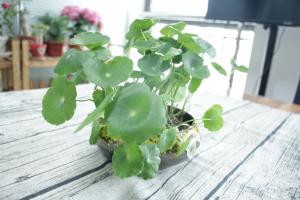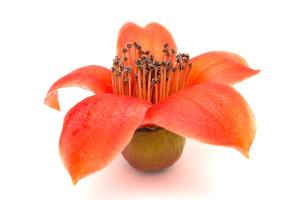How Deep Should a Planter Box Be for Tomatoes?
Tomatoes are one of the most popular vegetables to grow in a planter box. They are easy to care for, produce plentiful crops, and are delicious to eat. However, when it comes to growing tomatoes in a planter box, one of the most important things to consider is the depth of the box. In this article, we will explore how deep a planter box should be for tomatoes and why it matters.
The Importance of Depth
The depth of a planter box is crucial for the success of your tomato plants, as it affects the root development, soil quality, drainage, and overall health of the plant. When the depth of the planter box is not enough, the plant roots can become overcrowded, which can lead to stunted growth, nutrient deficiencies, diseases, and the inability to absorb water properly.
On the other hand, when the planter box is too deep, the plant may not be able to reach the nutrients and water it needs, and there may be more soil than necessary, which can lead to overwatering or root rot. Therefore, it's important to find the perfect balance between depth and volume that is appropriate for your tomato plants.
Recommended Depth for Planter Boxes
When it comes to growing tomatoes in a planter box, the depth of the box should be at least 12-18 inches (30-45 cm). This depth allows the plant roots to grow deep and wide, giving them access to more nutrients and water, and preventing overcrowding. However, if you are planting indeterminate tomato varieties, which grow tall and require staking or support, you may want to use a planter box that is 24 inches (60 cm) or deeper, to accommodate their height and root system.
Moreover, the width and length of the planter box should also be taken into consideration, as they affect the amount of soil and space available for the plant roots. Generally, a planter box with a volume of at least 5-10 gallons (19-38 liters) per tomato plant is recommended. However, larger boxes are better for indeterminate tomatoes, as they require more space to grow and produce fruit.
Other Factors to Consider
Aside from depth, there are other factors that can affect the growth and health of your tomato plants in a planter box. These include:
Soil quality: The soil should be rich in nutrients, well-draining, and have a pH level of 6.0-6.8.
Watering: Tomatoes need consistent watering, but not too much or too little. The soil should be moist but not saturated, and water should be allowed to drain freely.
Sunlight: Tomatoes need at least 6-8 hours of direct sunlight per day to grow and ripen properly.
Fertilizing: Tomatoes need regular fertilizing to provide them with essential nutrients. Use a balanced fertilizer with a higher amount of phosphorous for fruit production.
Spacing: Tomatoes should be spaced apart by at least 18-24 inches (45-60 cm) to prevent overcrowding and allow for air circulation.
Conclusion
When growing tomatoes in a planter box, the depth of the box is a crucial factor that can affect the success of your plants. A planter box that is at least 12-18 inches deep is recommended for most tomato varieties, while a deeper box may be necessary for indeterminate tomatoes. However, depth is not the only factor to consider, and other aspects of tomato growing, such as soil quality, watering, and fertilizing, should also be taken into account.
With the right planter box and care, growing tomatoes in a planter box can be a rewarding and delicious experience for any gardener.

 how many times do yo...
how many times do yo... how many planted tre...
how many planted tre... how many pine trees ...
how many pine trees ... how many pecan trees...
how many pecan trees... how many plants comp...
how many plants comp... how many plants can ...
how many plants can ... how many plants and ...
how many plants and ... how many pepper plan...
how many pepper plan...






























